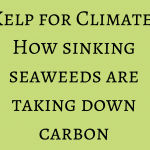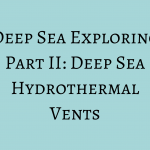Deep Sea Exploring Part I: Splitting seams and creating oceans at Mid Ocean Ridges
What exists at the bottom of the ocean? Not many people know the answer to this question and what we do know is often challenged by new discoveries. So, much of the seafloor is still a fascinating mystery. In fact, only three people have seen our ocean’s deepest point. The dark months of winter have us dreaming about the unknown of the depths of the sea. Let’s dive right to bottom of how oceans are formed in the deep.
The Mid-Ocean Ridge (MOR) is a continuous mountain range that spans over 65,000 km. It runs like a giant zipper along the bottom of the ocean, from the Arctic, down through the Atlantic, zigging and zagging around the southern sea and circumventing the Pacific. This deep sea feature exists along the seams of the many massive slabs of rock, called tectonic plates that make up the surface layer of the Earth. Many people have heard of the Mid-Atlantic Ridge, the most famous section of the Mid-Ocean Ridge as it cuts directly through the center of the Atlantic, top to bottom. Often called a mountain range, the MOR is more like a volcano range as there is a gaping seam where magma spills out, pushing the two plates further and further apart.
Amazing things happen at the MOR where the plates meet. It is a zone of fierce tectonic action, bubbling magma, and the creation of dense oceanic crust. Oceanic crust differs from continental crust as it is made primarily from basalt, formed from magma originating very deep in the Earth that is rich in magnesium and iron, two very dense minerals. Oceanic crust is formed as this dense magma accumulates and spreads out on either side of the MOR, essentially making the ocean wider and wider. This of course happens very slowly in most places, with the sea floor spreading at a rate of 2 – 6 cm per year. However this slow and steady action quite literally creates oceans.Our salty friend the Pacific Ocean was formed this way, beginning about 750 million years ago when an ancient continent called Rodinia began splitting and a brand new MOR was formed. The Pacific plate is the largest tectonic plate on Earth and not surprisingly, the Pacific is Earth’s largest ocean.
Some oceans, like the Pacific, are older than others because this MOR action has been happening for millions of years already. Others, like the Atlantic Ocean, are younger and are continuing to grow wider every year. In older oceans, the oceanic crust grows and grows until it eventually hits a roadblock in the form of continental crust. Since oceanic crust is more heavy and dense, it gets pushed underneath the lighter continental crust and forms a different type of tectonic plate boundary called a subduction zone. Here in BC, we know these types of plate boundaries well, as the west coast of North America is a major subduction zone where the Pacfic plate is being pushed underneath the North American plate. Subduction zones are also a turbulent place where grinding and melting oceanic crust causes intense seismic activity resulting in earthquakes and volcanic eruptions. Much of the Pacific plate is being subducted under the Australian plate and the Eurasian plate, especially along the west, north, and eastern sides. Around the world this is known as the Pacific Rim, where earthquakes and volcanic action are common. Even though the Pacific ocean is 750 million years old, the oldest oceanic crust found on that plate is only 160 million years old because so much of the ancient plate has already been pushed under other plates and melted back into the Earth. So as the Atlantic Ocean grows and pushes North American plate into the Pacific plate, the Pacific Ocean is slowly getting smaller. Other oceans around the world face similar fates, such as the Mediterranean Sea, which is shrinking at a rate of ~2 cm per year as Africa is pushed northward into the Eurasian plate.
The MOR is a key piece in Earth’s tectonic engine, creating oceans, moving continents, forming mountain ranges, and birthing islands. About half of the full MOR has been mapped in detail using equipment like sonar, and less than 1% of the MOR has been explored by submersibles or remotely operated vehicles using actual cameras. The texture and topography of the ocean floor is shaped over hundreds of millions of years through dynamic processes that create deep sea trenches, towering seamounts, shallow continental shelves, and hydrothermal vents. Each nook and cranny of such ocean features are teaming with life and clues to Earth’s history. So, we continue learning about the Earth, especially through the exploration of the deep sea where life doesn’t always follow the rules we know at the surface.
Find out more about hydrothermal vents and deep sea life in Part II of Exploring the Deep Sea!
Written by Jordan Hawkswell




